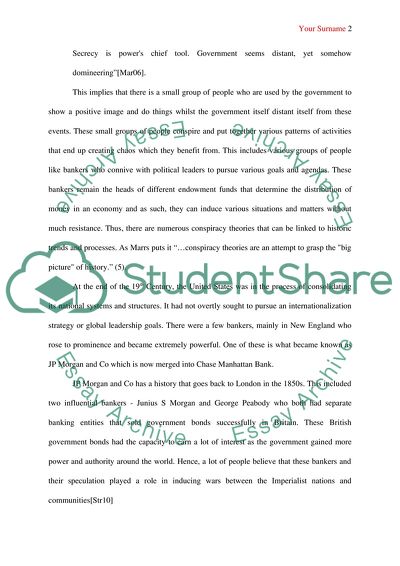Cite this document
(The Wall Street Crash of 1929 and the Great Depression Essay Example | Topics and Well Written Essays - 2500 words, n.d.)
The Wall Street Crash of 1929 and the Great Depression Essay Example | Topics and Well Written Essays - 2500 words. https://studentshare.org/history/1872003-wall-street-crash-of-1929
The Wall Street Crash of 1929 and the Great Depression Essay Example | Topics and Well Written Essays - 2500 words. https://studentshare.org/history/1872003-wall-street-crash-of-1929
(The Wall Street Crash of 1929 and the Great Depression Essay Example | Topics and Well Written Essays - 2500 Words)
The Wall Street Crash of 1929 and the Great Depression Essay Example | Topics and Well Written Essays - 2500 Words. https://studentshare.org/history/1872003-wall-street-crash-of-1929.
The Wall Street Crash of 1929 and the Great Depression Essay Example | Topics and Well Written Essays - 2500 Words. https://studentshare.org/history/1872003-wall-street-crash-of-1929.
“The Wall Street Crash of 1929 and the Great Depression Essay Example | Topics and Well Written Essays - 2500 Words”. https://studentshare.org/history/1872003-wall-street-crash-of-1929.


